The work of Daniel Shechtman has opened the door for experiments in the use of the quasicrystals, which he discovered, in everything from diesel engines to frying pans.
An Israeli scientist whose work was once ridiculed for being out of line with received thinking won the 2011 Nobel Prize for chemistry on Wednesday for discovering different ways in which atoms could be packed together in solid materials.
The work of Daniel Shechtman, the winner of the prize of 10 million Swedish crowns ($1.5 million), has opened the door for experiments in the use of the quasicrystals, which he discovered, in everything from diesel engines to frying pans.
Shechtman found in 1982 that atoms in crystals could be packed in a pattern which did not repeat itself -- recalling the intricate mosaics of Arab art and flying in the face of the accepted view that patterns had to be repetitious.
"His discovery was extremely controversial. In the course of defending his findings, he was asked to leave his research group," said the Nobel Committee for Chemistry at the Royal Swedish Academy of Sciences, which made the award.
"However, his battle eventually forced scientists to reconsider their conception of the very nature of matter," it added in a statement. "Scientists are currently experimenting with using quasicrystals in different products such as frying pans and diesel engines."
Shachtman, 70, reached by Israel Radio, said he was "excited" to be honoured but declined to go into more detail about his work, promising a statement later in the day.
David Phillips, president of Britain's Royal Society of Chemistry, said: "Quasicrystals ... break all the rules of being a crystal at all. You can normally explain in simple terms where in a crystal each atom sits -- they are very symmetrical.
"With quasicrystals, that symmetry is broken: there are regular patterns in the structure, but never repeating.
"They're quite beautiful, and have potential applications in protective alloys and coatings. The award of the Nobel Prize to Danny Shechtman is a celebration of fundamental research."
"Islamic mosaics"
Noting the mathematically regular but infinitely varied patterns found in Arab and Persian art, the Nobel panel said: "Aperiodic mosaics, such as those found in the medieval Islamic mosaics of the Alhambra palace in Spain and the Darb-i Imam shrine in Iran, have helped scientists understand what quasicrystals look like at the atomic level.
"In those mosaics, as in quasicrystals, the patterns are regular -- they follow mathematical rules -- but they never repeat themselves."
Tel Aviv-born Shechtman is based at the Technion, Israel Institute of Technology, in the northern city of Haifa, but was working in the United States at the time of his major discovery.
Shechtman's research was initially dismissed by many scientists, since it conflicted with all the textbooks.
One of his fiercest critics was the famously argumentative Linus Pauling, himself double a Nobel laureate. But in 1992, the International Union of Crystallography altered its definition of what constitutes a crystal in the light of his work.
Over the last three decades, hundreds of quasicrystals have been synthesised in laboratories and, two years ago, scientists reported the first naturally occurring quasicrystals in a mineral sample from Russia containing aluminum, copper and iron.
Useful properties
Astrid Graslund, professor of biophysics at Stockholm University and secretary for the Nobel Committee for chemistry, said: "The practical applications are as of now, not so many. But the material has unexpected properties. It is very strong, it has hardly any friction on the surface, it doesn't want to react with anything, they cannot oxidise and become rusty.
"But ... it is more a conceptual insight that these materials exist and we need to re-write all textbooks about crystals -- it's a shift of the paradigm, which I think is most important."
Scientists had thought solid matter had only two states -- crystalline, like diamonds and quartz, where atoms are arranged in rigid rows, and amorphous, like metals, with no particular order. Quasicrystalline matter offers a third possibility and opens the door to new kinds of materials for use in industry.
Quasicrystals have already been found in some types of durable steel, used in products such as razor blades and ultrathin needles for eye surgery.
Quasicrystals are very hard and are also bad conductors of heat and electricity, making them useful as so-called thermoelectric materials, which convert heat into electricity. They also have non-stick surfaces.
Potential uses include surface coatings for frying pans, components for energy-saving light-emitting diodes (LED) and heat insulation in engines.
Additional reporting by Simon Johnson in Stockholm, Ben Hirschler in London and Dan Williams in Jerusalem
![submenu-img]() Mukesh Ambani’s daughter Isha Ambani’s firm launches new brand, Reliance’s Rs 8200000000000 company to…
Mukesh Ambani’s daughter Isha Ambani’s firm launches new brand, Reliance’s Rs 8200000000000 company to…![submenu-img]() Sonali Bendre says producers called her 'too thin', tried to ‘fatten her up' during the 90s: ‘They'd just tell me...'
Sonali Bendre says producers called her 'too thin', tried to ‘fatten her up' during the 90s: ‘They'd just tell me...'![submenu-img]() Heavy rains in UAE again: Dubai flights cancelled, schools and offices shut
Heavy rains in UAE again: Dubai flights cancelled, schools and offices shut![submenu-img]() When 3 Bollywood films with same story released together, two even had same hero, all were hits, one launched star kid
When 3 Bollywood films with same story released together, two even had same hero, all were hits, one launched star kid![submenu-img]() Gautam Adani’s firm gets Rs 33350000000 from five banks, to use money for…
Gautam Adani’s firm gets Rs 33350000000 from five banks, to use money for…![submenu-img]() DNA Verified: Is CAA an anti-Muslim law? Centre terms news report as 'misleading'
DNA Verified: Is CAA an anti-Muslim law? Centre terms news report as 'misleading'![submenu-img]() DNA Verified: Lok Sabha Elections 2024 to be held on April 19? Know truth behind viral message
DNA Verified: Lok Sabha Elections 2024 to be held on April 19? Know truth behind viral message![submenu-img]() DNA Verified: Modi govt giving students free laptops under 'One Student One Laptop' scheme? Know truth here
DNA Verified: Modi govt giving students free laptops under 'One Student One Laptop' scheme? Know truth here![submenu-img]() DNA Verified: Shah Rukh Khan denies reports of his role in release of India's naval officers from Qatar
DNA Verified: Shah Rukh Khan denies reports of his role in release of India's naval officers from Qatar![submenu-img]() DNA Verified: Is govt providing Rs 1.6 lakh benefit to girls under PM Ladli Laxmi Yojana? Know truth
DNA Verified: Is govt providing Rs 1.6 lakh benefit to girls under PM Ladli Laxmi Yojana? Know truth![submenu-img]() Remember Ayesha Kapur? Michelle from Black, here's how actress, nutrition coach, entrepreneur looks after 19 years
Remember Ayesha Kapur? Michelle from Black, here's how actress, nutrition coach, entrepreneur looks after 19 years![submenu-img]() Remember Heyy Babyy's cute 'Angel' Juanna Sanghvi? 20 year-old looks unrecognisable now, fans say 'her comeback will...'
Remember Heyy Babyy's cute 'Angel' Juanna Sanghvi? 20 year-old looks unrecognisable now, fans say 'her comeback will...'![submenu-img]() In pics: Arti Singh stuns in red lehenga as she ties the knot with beau Dipak Chauhan in dreamy wedding
In pics: Arti Singh stuns in red lehenga as she ties the knot with beau Dipak Chauhan in dreamy wedding![submenu-img]() Actors who died due to cosmetic surgeries
Actors who died due to cosmetic surgeries![submenu-img]() See inside pics: Malayalam star Aparna Das' dreamy wedding with Manjummel Boys actor Deepak Parambol
See inside pics: Malayalam star Aparna Das' dreamy wedding with Manjummel Boys actor Deepak Parambol ![submenu-img]() DNA Explainer: Why Harvey Weinstein's rape conviction was overturned, will beleaguered Hollywood mogul get out of jail?
DNA Explainer: Why Harvey Weinstein's rape conviction was overturned, will beleaguered Hollywood mogul get out of jail?![submenu-img]() What is inheritance tax?
What is inheritance tax?![submenu-img]() DNA Explainer: What is cloud seeding which is blamed for wreaking havoc in Dubai?
DNA Explainer: What is cloud seeding which is blamed for wreaking havoc in Dubai?![submenu-img]() DNA Explainer: What is Israel's Arrow-3 defence system used to intercept Iran's missile attack?
DNA Explainer: What is Israel's Arrow-3 defence system used to intercept Iran's missile attack?![submenu-img]() DNA Explainer: How Iranian projectiles failed to breach iron-clad Israeli air defence
DNA Explainer: How Iranian projectiles failed to breach iron-clad Israeli air defence![submenu-img]() Sonali Bendre says producers called her 'too thin', tried to ‘fatten her up' during the 90s: ‘They'd just tell me...'
Sonali Bendre says producers called her 'too thin', tried to ‘fatten her up' during the 90s: ‘They'd just tell me...'![submenu-img]() When 3 Bollywood films with same story released together, two even had same hero, all were hits, one launched star kid
When 3 Bollywood films with same story released together, two even had same hero, all were hits, one launched star kid![submenu-img]() Salman Khan house firing case: Family of deceased accused claims police 'murdered' him, says ‘He was not the kind…’
Salman Khan house firing case: Family of deceased accused claims police 'murdered' him, says ‘He was not the kind…’![submenu-img]() Meet actor banned by entire Bollywood, was sent to jail for years, fought cancer, earned Rs 3000 crore on comeback
Meet actor banned by entire Bollywood, was sent to jail for years, fought cancer, earned Rs 3000 crore on comeback ![submenu-img]() Karan Johar wants to ‘disinherit’ son Yash after his ‘you don’t deserve anything’ remark: ‘Roohi will…’
Karan Johar wants to ‘disinherit’ son Yash after his ‘you don’t deserve anything’ remark: ‘Roohi will…’![submenu-img]() IPL 2024: Bhuvneshwar Kumar's last ball wicket power SRH to 1-run win against RR
IPL 2024: Bhuvneshwar Kumar's last ball wicket power SRH to 1-run win against RR![submenu-img]() BCCI reacts to Rinku Singh’s exclusion from India T20 World Cup 2024 squad, says ‘he has done…’
BCCI reacts to Rinku Singh’s exclusion from India T20 World Cup 2024 squad, says ‘he has done…’![submenu-img]() MI vs KKR, IPL 2024: Predicted playing XI, live streaming details, weather and pitch report
MI vs KKR, IPL 2024: Predicted playing XI, live streaming details, weather and pitch report![submenu-img]() IPL 2024: How can RCB and MI still qualify for playoffs?
IPL 2024: How can RCB and MI still qualify for playoffs?![submenu-img]() MI vs KKR IPL 2024 Dream11 prediction: Fantasy cricket tips for Mumbai Indians vs Kolkata Knight Riders
MI vs KKR IPL 2024 Dream11 prediction: Fantasy cricket tips for Mumbai Indians vs Kolkata Knight Riders ![submenu-img]() '25 virgin girls' are part of Kim Jong un's 'pleasure squad', some for sex, some for dancing, some for...
'25 virgin girls' are part of Kim Jong un's 'pleasure squad', some for sex, some for dancing, some for...![submenu-img]() Man dances with horse carrying groom in viral video, internet loves it
Man dances with horse carrying groom in viral video, internet loves it ![submenu-img]() Viral video: 78-year-old man's heartwarming surprise for wife sparks tears of joy
Viral video: 78-year-old man's heartwarming surprise for wife sparks tears of joy![submenu-img]() Man offers water to thirsty camel in scorching desert, viral video wins hearts
Man offers water to thirsty camel in scorching desert, viral video wins hearts![submenu-img]() Pakistani groom gifts framed picture of former PM Imran Khan to bride, her reaction is now a viral video
Pakistani groom gifts framed picture of former PM Imran Khan to bride, her reaction is now a viral video




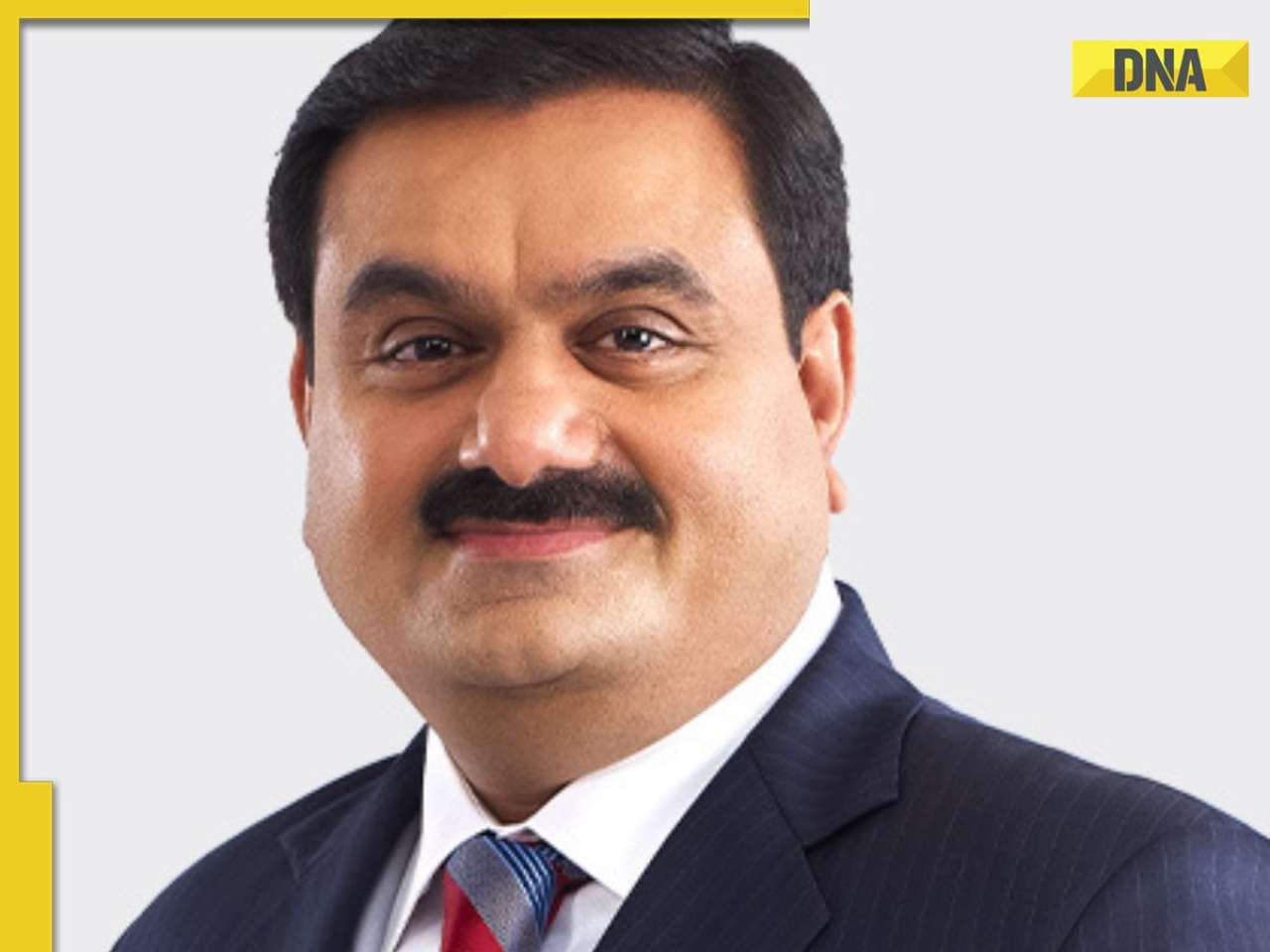




















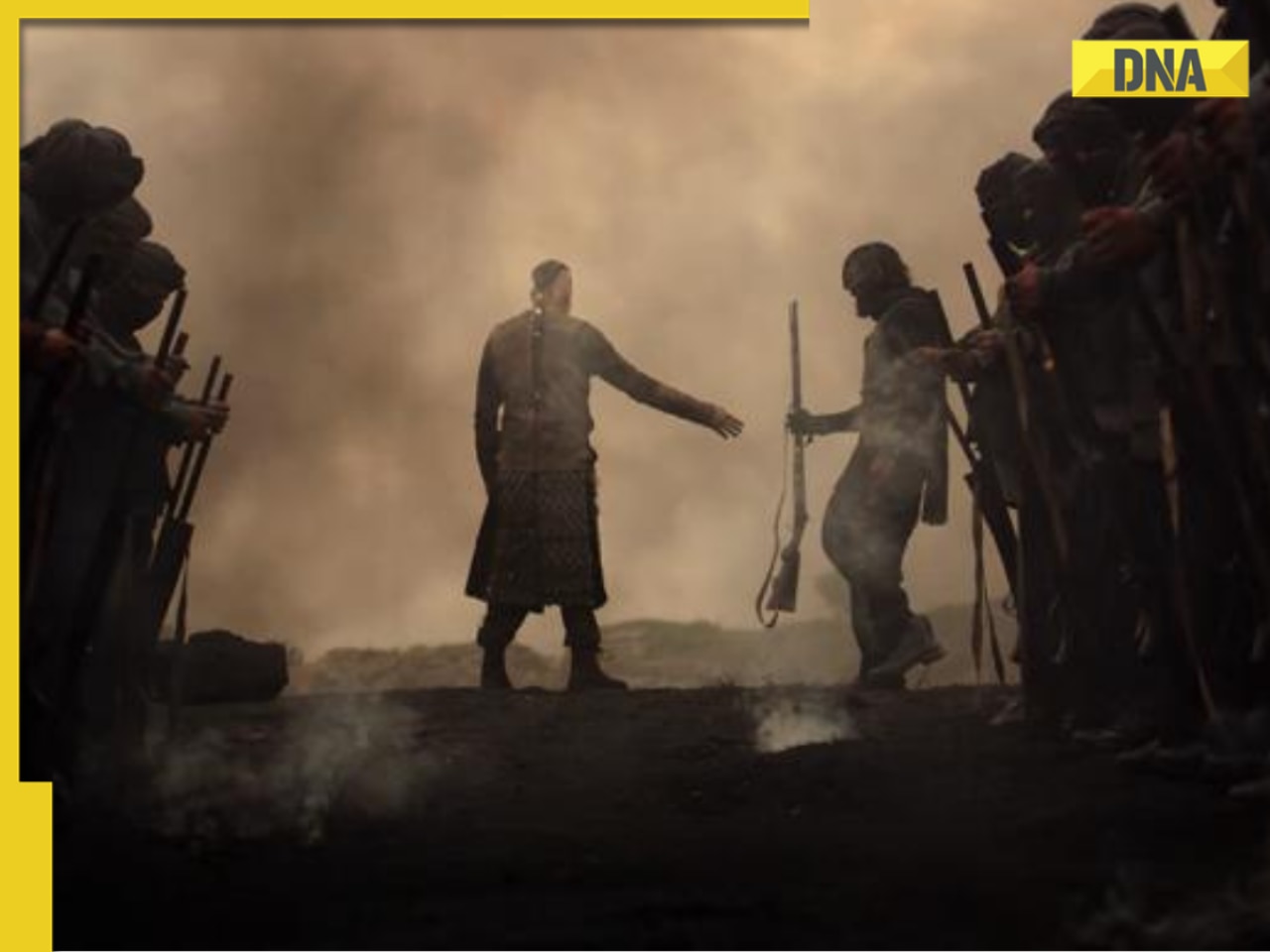
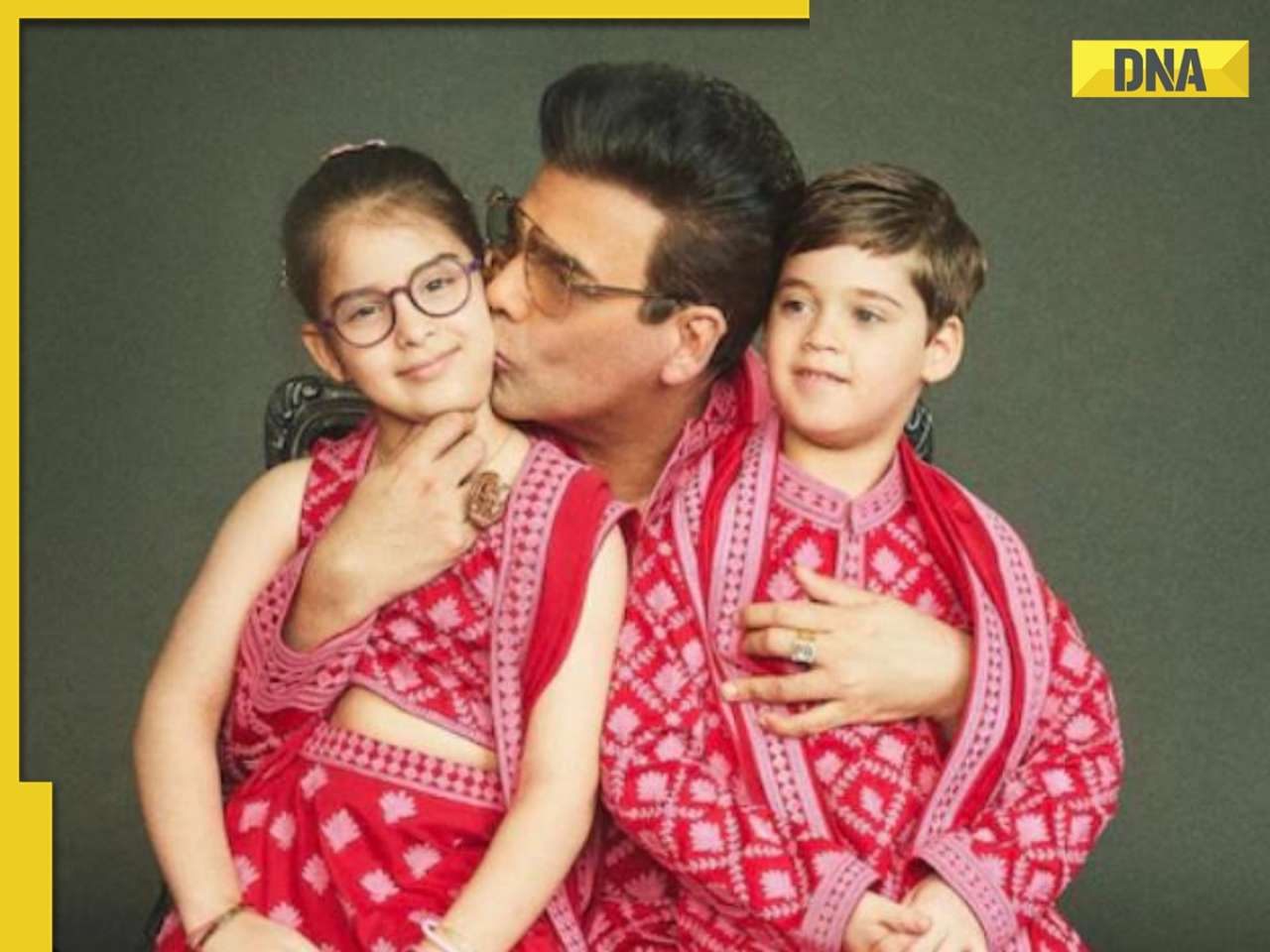





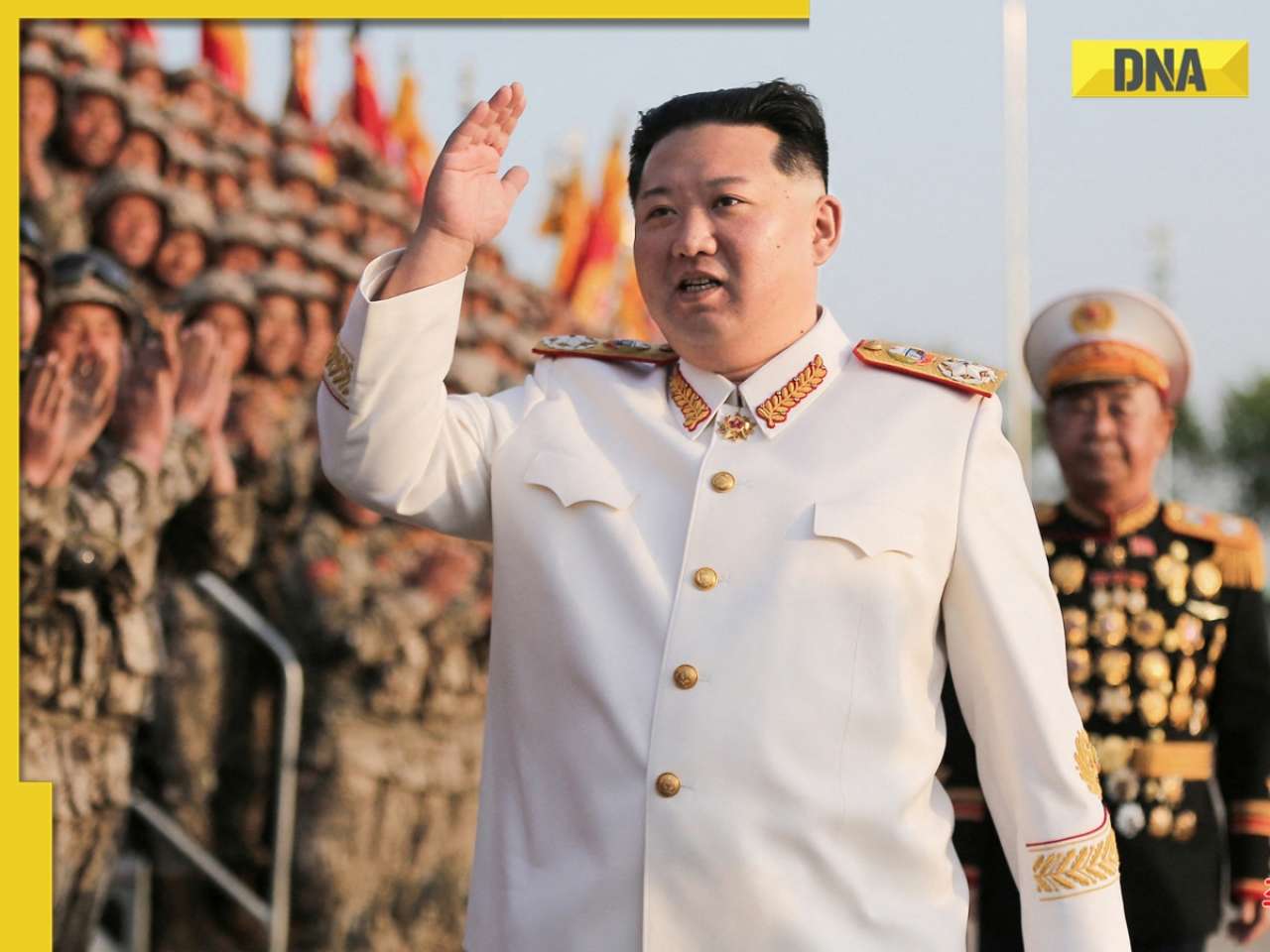

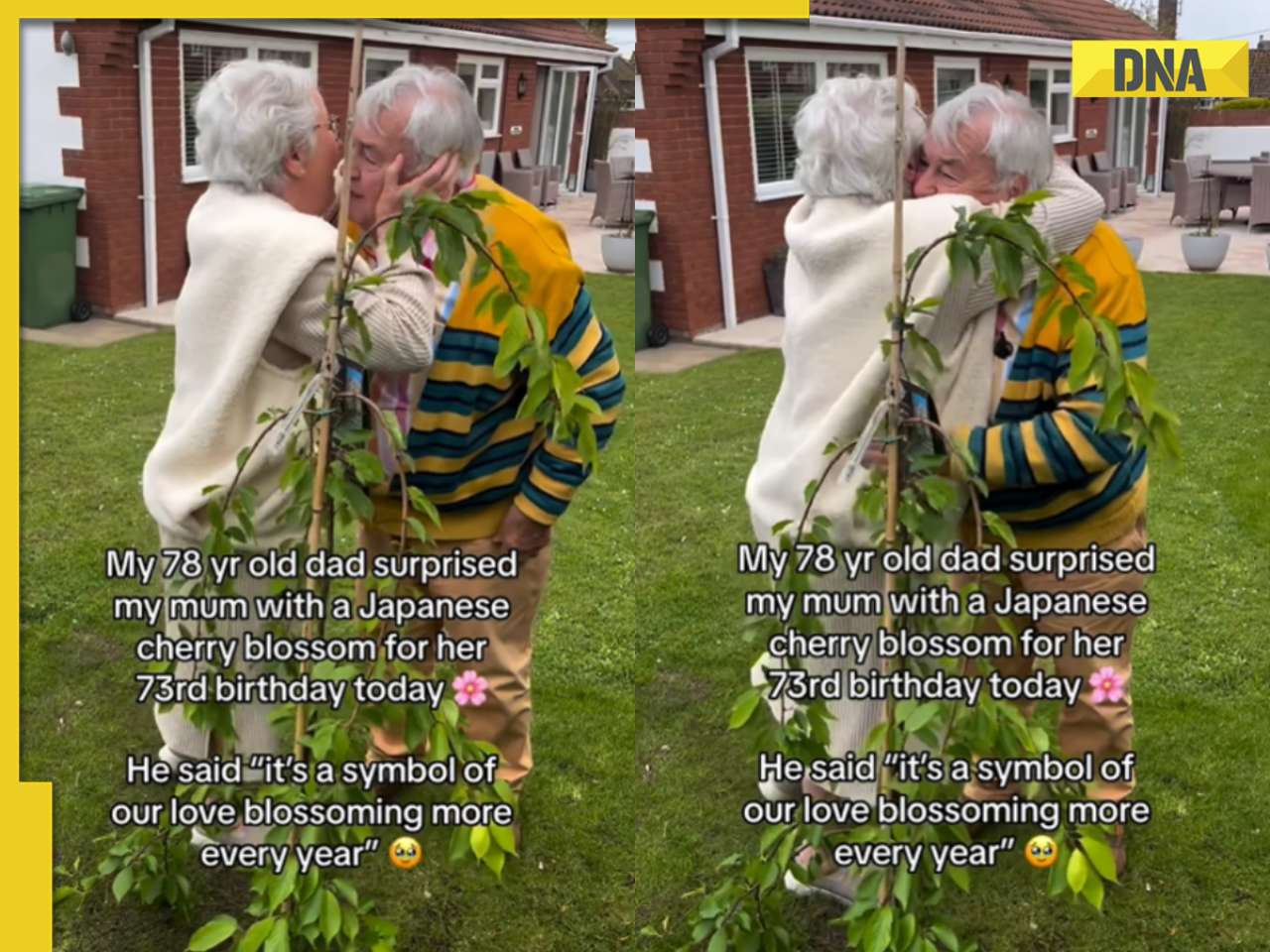
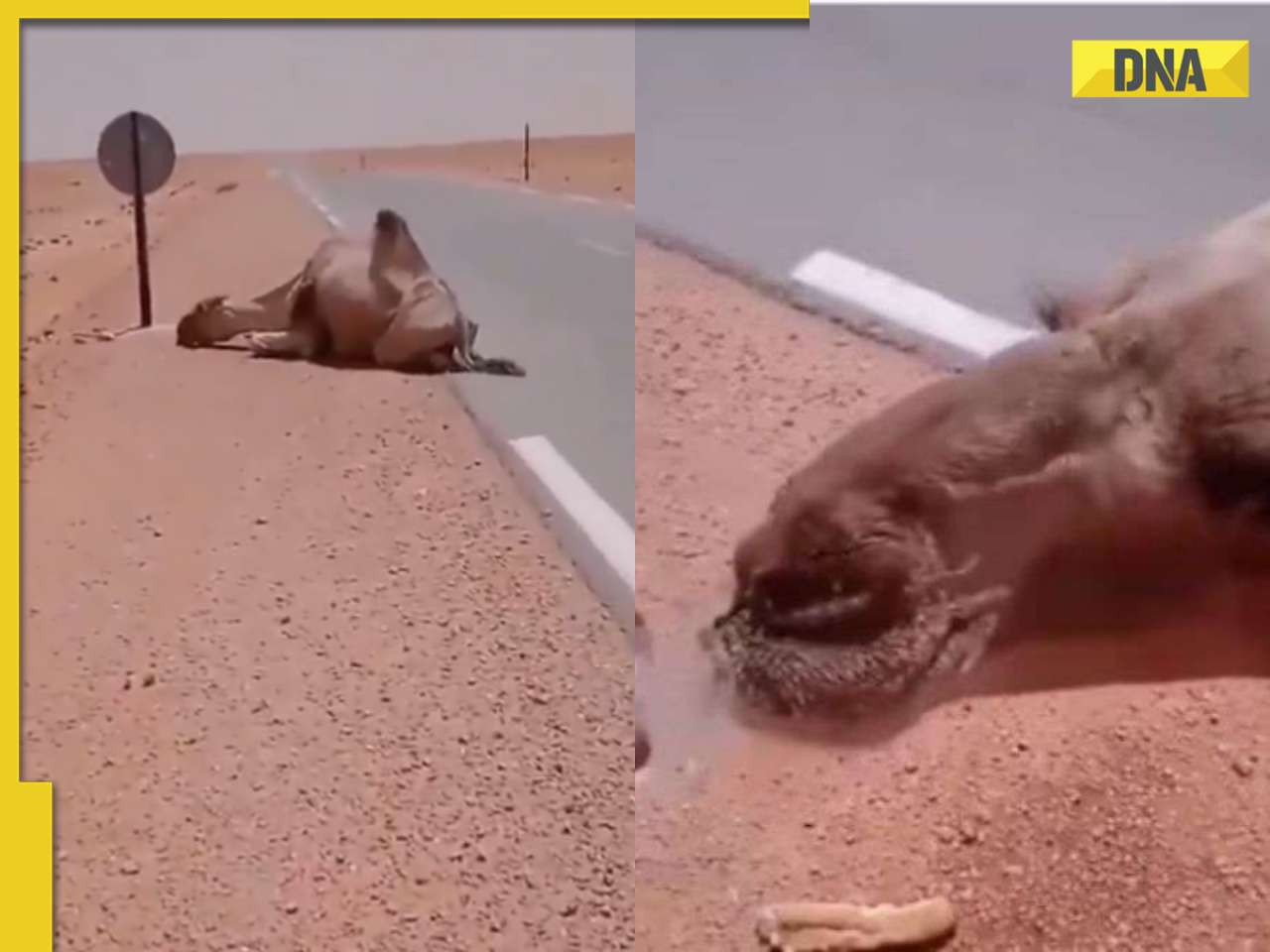












)
)
)
)
)
)